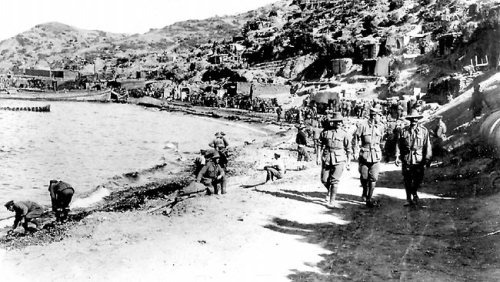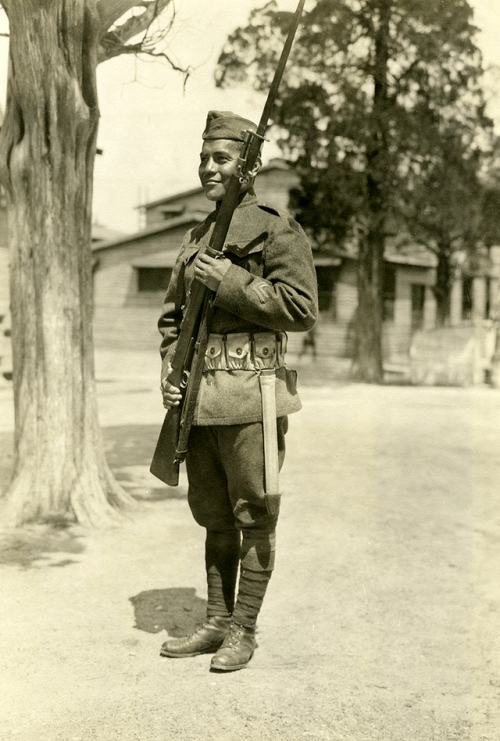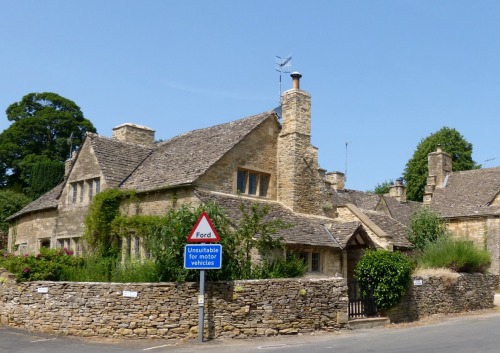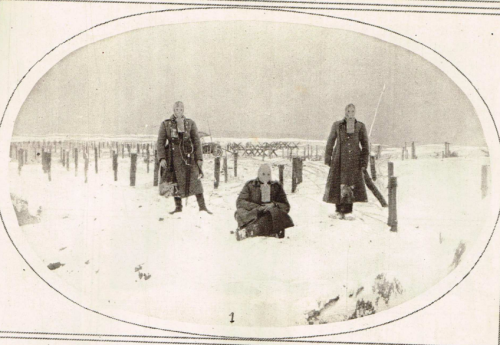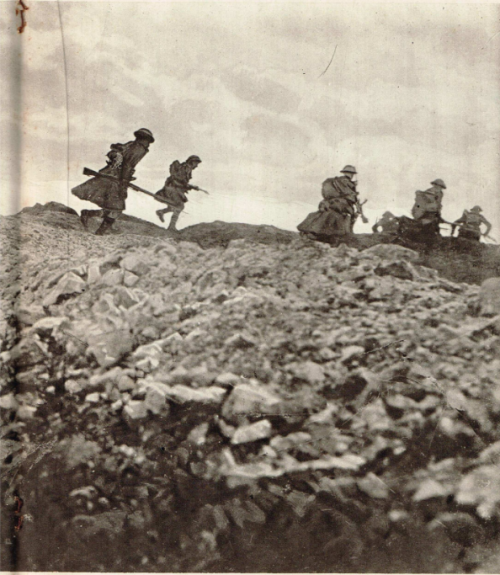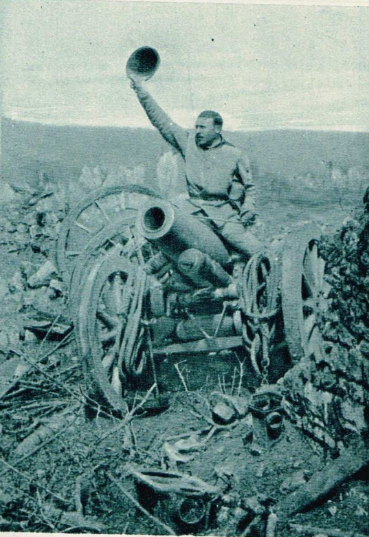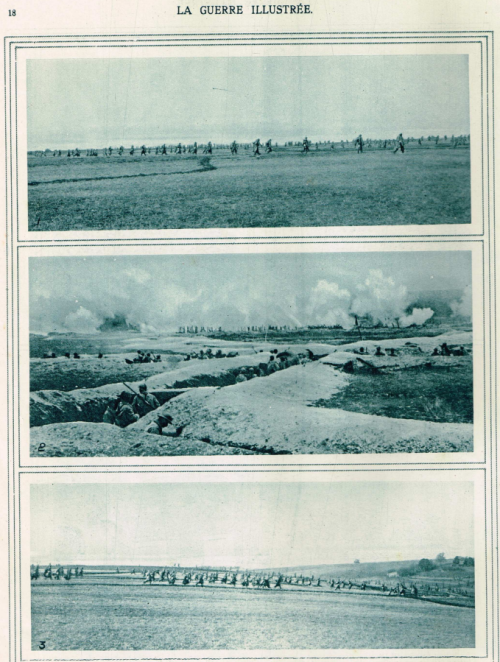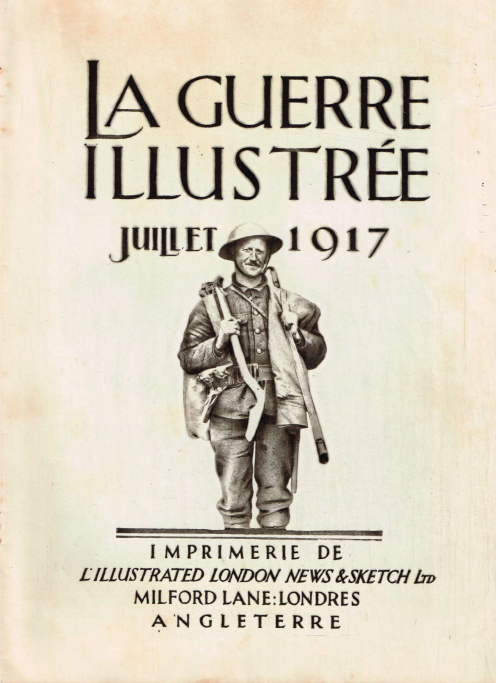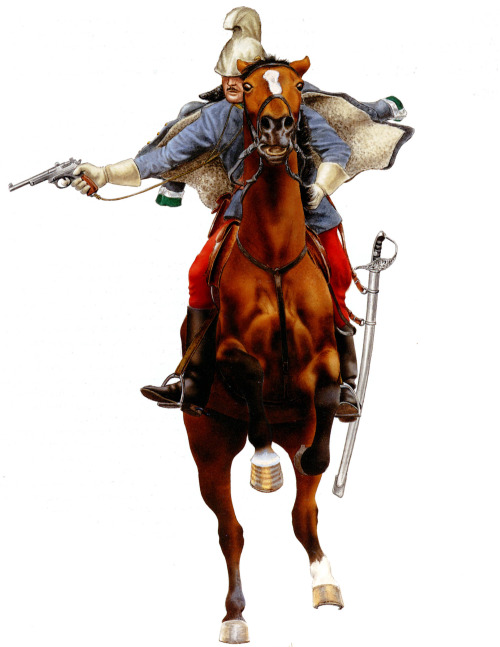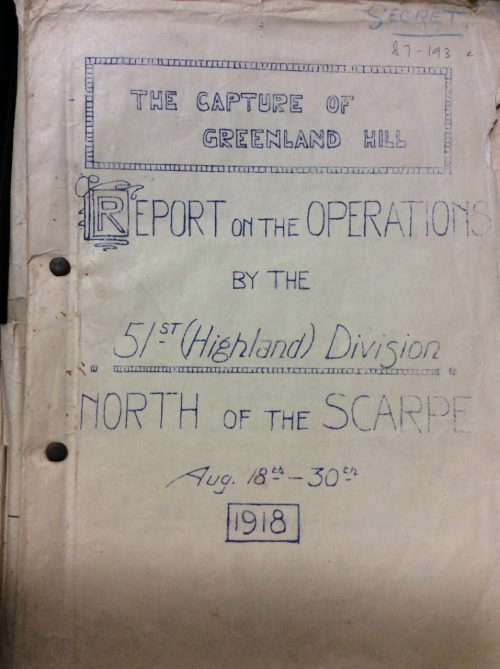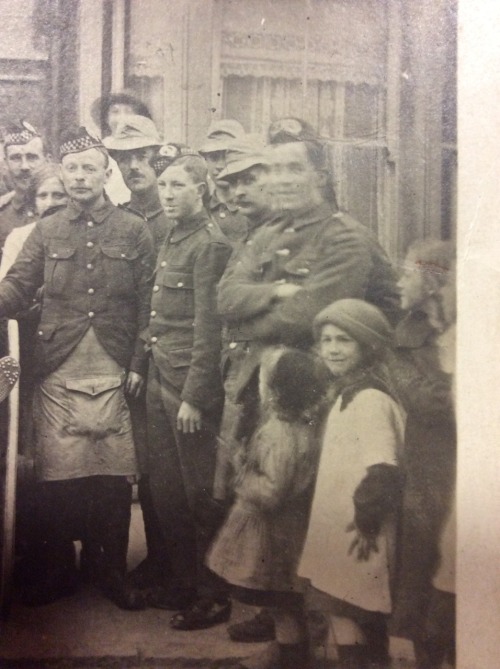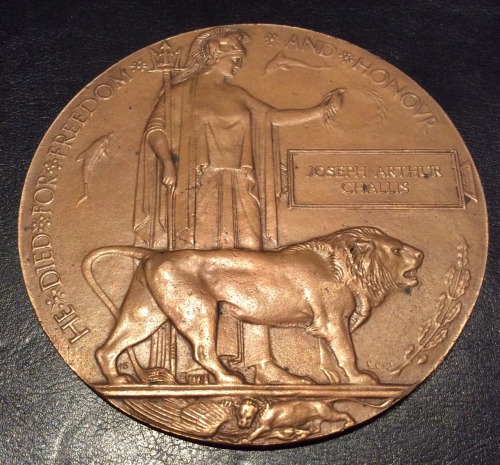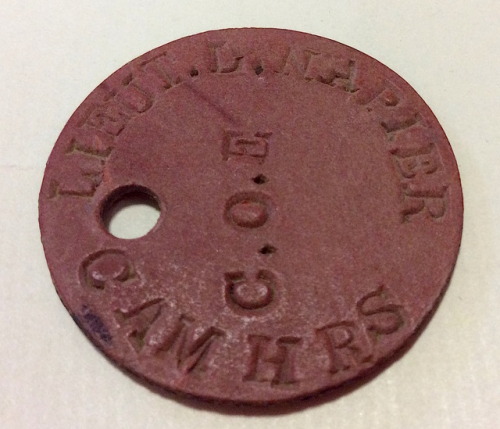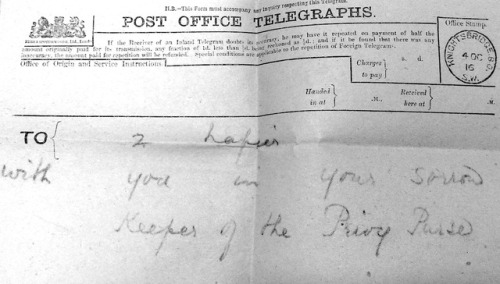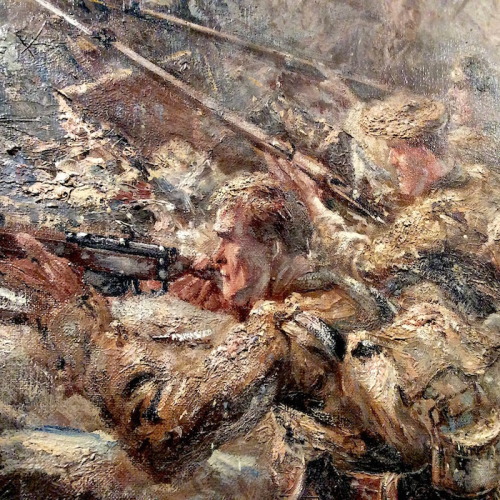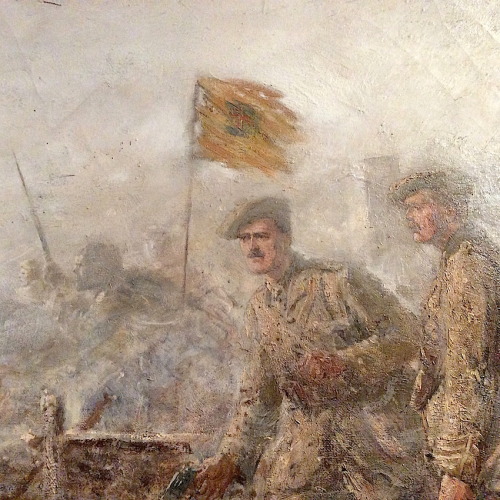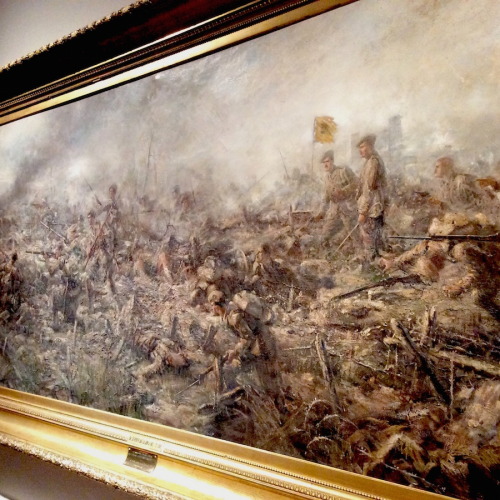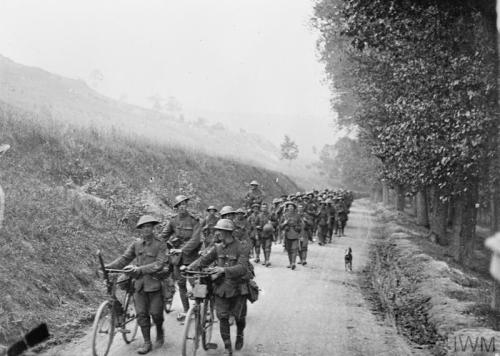#first world war
Photographer: Frank Hurley
Year: 1918
Location: Nalin, Palestine
Description: Soldiers of the Australian 2nd Light Horse Brigade take cover behind rocks with rifles drawn on January 17th, 1918.
Source: Mitchell Library, State Library of New South Wales/Australian War Memorial
Post link
Photographer: Jean-Baptiste Tournassoud
Year: 1917
Location: Arras, France
Description: A view inside the Arras Cathedral following an artillery attack on the town of Arras. The bombardment resulted in the roof collapsing into the nave and littering the cathedral’s floor with broken glass and masonry.
Source:ECPAD
Post link
I got a plant and called it Aloe Vera Brittain.
I am terrible at keeping plants alive, but I am optimistic about Aloe Vera Brittain’s chances of survival.
Roland Leighthyme, however, is another matter.
'Everything,’ I wrote later to Edmund, ‘was damp and worn and simply caked with mud. And I was glad that neither you nor Victor nor anyone who may some day go to the front was there to see. If you had been, you would have been overwhelmed by the horror of war without its glory. For though he had only worn the things when living, the smell of those clothes was the smell of graveyards and the Dead. The mud of France which covered them was not ordinary mud; it had not the usual clean pure smell of earth, but it was as though it were saturated with dead bodies - of dead that had been dead a long, long time… There was his cap, bent in and shapeless out of recognition - the soft cap he wore rakishly on the back of his head - with the badge thickly coated with mud. He must have fallen on top of it, or perhaps one of the people who fetched him in trampled on it.’
Testament of Youth, Vera Brittain
(1933)
Amado Garcia of the Acoma Pueblo, pictured here on May 17 1919, enlisted in the US Army on June 3, 1918 in Lamar, Colorado. In the First World War, Garcia was cited for bravery with the following:
“Advanced with two men three hundred yards in front of the lines through wire entanglements in order to attack an enemy machine gun.
In spite of strong resistance he succeeded in capturing the guns and returning to our lines.”
Garcia was rewarded with the Croix de Guerre with Gilt Star for his bravery.
(Mathers Museum of World Cultures)
Post link
“If ye break faith with us who die
We shall not sleep, though poppies grow
In Flanders fields.”In Flanders Fields, John McCrae, 1915
Post link
The little picturesque village of Upper Slaughter in Gloucester, England. It is famous for its beauty, strange name and also for being one of the only 14 villages in England who lost no men during the First and Second World War. These villages were known as the “Doubly Thankful” villages.
Post link
“FREE RUSSIA ON THE FIGHT WITH GERMANY: (1) russian soldiers wearing gas masks; (2) a russian artillery post in the forest (P.S. — down under it there is a complex system of tunnels composed by 12 chambers)”
Source: La Guerre Illustrée, july, 1917.
Note how the magazine reffers to the russian imperial troops as “Free Russia”. By july 1917 russia had already begun its revolutionary process, with some serious clashes in Petrograd and the arrest of Leon Trotsky.
Post link
WW1 WAR DIARIES
Hand written (carbon copied) front pages show the nuance and differentiation of potentially different authors. Inside everything is typed.
51st Highland Division.
The Capture of Greenland Hill - North of the Scarpe. 18th - 30th August 1918.
The Second Battle of the Marne - Valley of the Ardre. 20th - 31st July 1918.
Post link
….At the edge of a group shot a child in a woollen hat stares into the camera.
She looks troubled, unsure, as if she’s biting her lip. The soldiers are laughing, with the central figure placed on a wooden cart who’s pretending to drink beer.
Due to the length of the exposure other figures appear ghostly, blurred.
Post link
DEATH PENNY / Memorial Plaque
Death Pennies were issued to the next of kin of every British and Empire soldier killed as a result of conflict. They were made of bronze. The design was picked as a result of a public competition and the winner was Edward Carter Preston. The name of the deceased soldier is on the plaque (in this case Joseph Arthur Challis) but with no rank. Around 600 were issued to commemorate women.
Also known as a “Dead Man’s Penny” approximately 1,355,000 plaques were issued, which used a total of 450 tonnes of bronze.
The plaque pictured above is part of the Handling Collection at the Highlanders’ Museum and it measures about 5 inches (120 mm) in diameter
Post link
I’m now at a point in my Museums Galleries Scotland funded Artist Residency at the Highlanders’ Museum (Queen’s Own Highlanders Collection) where I’m moving from research into making. It’s a stage which requires me to spend less time ‘on location’ & more time in the studio.

After collating 1408 separate files comprised of photographs from the archive, notes sent both to-and-from the front line, official documents from Buckingham Palace, official portraits, and domestic snaps etc it is a time to focus upon narratives that will saturate and direct my final exhibition.

During the last 6 months I’ve been most touched by:
- ‘traces’ left by the human hand, a note scribbled in the corner of a printed army document or the inside of a cigarette wrapper.
- hand-sewn greetings cards and notes
- salvaged materials used within sweetheart pin-cushions (old uniforms, sack-cloth etc)
- harrowing personal accounts of life in the trenches: ‘Our wounded were streaming back, some ghastly sights; holding on arms, legs, broken and smashed’&‘All that will be left is a nation of legless, and armless, blind and helpless except those that are making money’(1917)

Alongside extracts from newspapers such as the Shipley Express and Times from 1st June 1917 describing Arras:
‘…over wires, over shell holes, past mined patches and death traps…faced a torrent of fire aimed at us’
And then there are the thoughts of historians such as E.J. Hobsbawn raising pertinent questions such as: how did ‘the era of peace, of confident bourgeois civilisation, growing wealth and western empires within itself the embryo of the era of war, revolution and crisis put an end to it?’
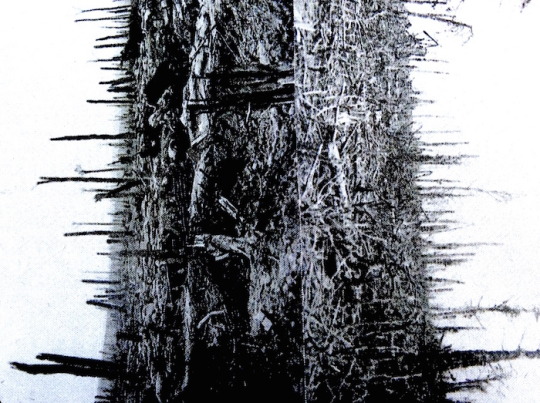
In parallel I’m now diving deep into materials and techniques. Exploring hand-sewn and domestic processes alongside industrial fabrication techniques. I’m locating harvested cloth (from Highland charity shops and the collection itself) and found objects.
Exhibition begins: 7th October 2017

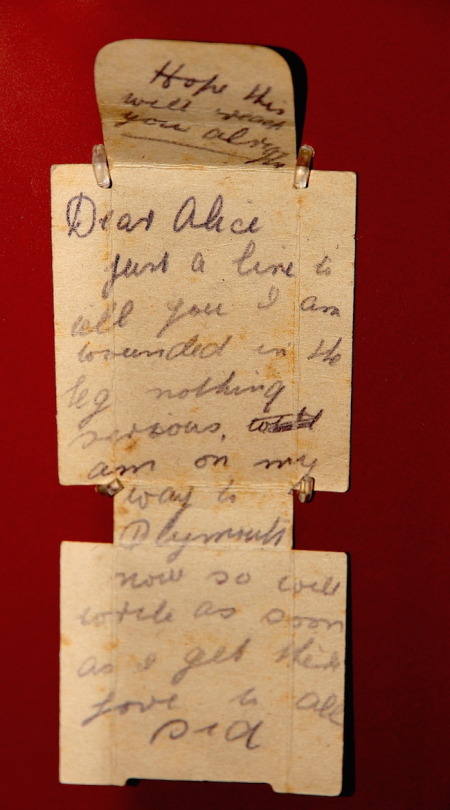
Accompanying paperwork (linked to previous photographs) for Capt Lennox Robert Murray Napier served 2nd Camerons 1911-15
He served with the 2nd Battalion in India and on the outbreak of World War 1 he remained there in charge of married families, until rejoining the Battalion, then near Dickebusch, 17th Feb 1915. After being wounded at the battle of Frezenberg Ridge, 8th May 1915, he was posted to the 1st Battalion and commanded ‘C’ Company during the trench fighting in the Bethune sector, and at the battle of Bazentin Ridge when he was mortally wounded while leading the assault, and fell into the hands of the Germans.
Died as a Prisoner of War on the 28th July 1916 in a German Field Hospital, of wounds received in action 23rd July 1916. Originally reported missing.
(ACC 79-19)
Post link
… a brave life given for others …
Memorial / 18258 LCpl William Boyd, killed in action 12th October 1917, Passchendaele.
Post link
…WAR, AS IT IS…
Whilst working at the archive and museum today I was utterly struck by the embedded intricacy of this painting. Layer upon brushwork upon detail; soldier beside solder. It manages to convey an epic sense of magnitude alongside the minutiae of war. From the ragged, upstanding, flag to bare and bereft trees….
Title: ‘The Seventh Battalion at Hill 70, 1915′
Painter:Joseph Gray
Background:The painting shows the 7th Camerons after taking Hill 70, one of their objectives during the battle of Loos, 25th September 1915. The Commanding Officer, Lieutenant Colonel JW Sandilands, is depicted rallying the survivors of nine different battalions to hold the hill against German counter attacks. The painting was presented to the Regiment by Miss Eveline Barron. Her father, Major J Barron, died of wounds at Loos on 27th September 1915 while serving with the 7th Camerons.
Biographical info:
‘Gray joined the 4th (Dundee) Battalion, The Black Watch Regiment after the outbreak of World War One and fought with them from August 1914 to March 1916, in the battles of Neuve Chapelle, Festubert and Loos.
There were a number of journalists who joined the 4th Battalion in the early stages of the war and they referred to themselves as ‘Fighter-Writers.’ Once he reached the trenches Gray’s talents as a draughtsman were quickly recognised. He was appointed an observer, a role which involved many expeditions into the firing line to make sketches of enemy positions. He was also called upon to duplicate trench maps, as he did before the Battle of Festubert, marking out the positions of the men of his battalion.
During 1915-1916 Gray sent back many reports to the Dundee Courier but was eventually invalided out of service in March 1916. Back home he was appointed official war artist at The Graphic illustrated newspaper and contributed drawings and articles about different aspects of trench life. All his drawings were based on original sketches made during his time in the firing line.’
https://en.wikipedia.org/wiki/Joseph_Gray_(painter)
“Here are shown no… glittering swords, and noble horses, but plain, steadfast, unconquerable men, standing with their faces to the foe and grasping their fixed bayonets in the firm determination to win or die.”
WAR AS IT IS. THE SEAFORTHS AT NEUVE CHAPELLE / The Inverness Courier, 23 September 1920.
Post link
…ENDURED HARDNESS/ FACED DANGER…
Lt John Edwin Kennedy
8 Seaforth Highlanders
Killed in action, Loos, 25th September 1915
‘He whom this scroll commemorates was numbered among those who at the call of King and Country, left all that was dear to them, endured hardness, faced danger, and finally passed out of sight of men by the path of duty and self-sacrifice, giving up their own lives that others might live in freedom. Let those who come after see to it that his name be not forgotten.
Acc no 80 - 37
Post link




